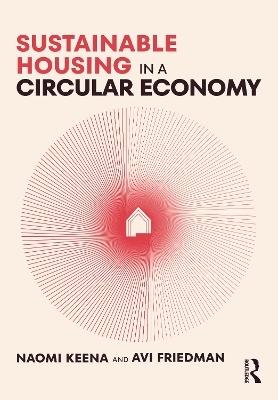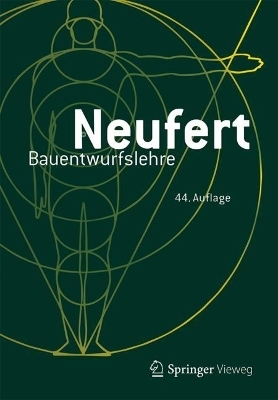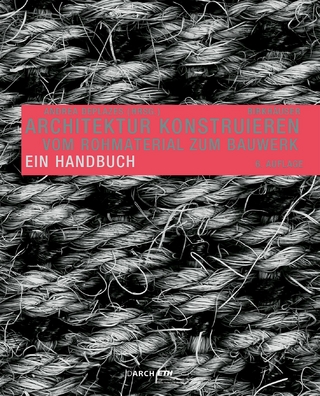
Sustainable Housing in a Circular Economy
Routledge (Verlag)
978-1-032-36822-1 (ISBN)
Chapters focus on three key circular economy principles and apply them to architectural construction and design, namely rethinking of the end-of-use phase of a building and the potential of design-for-disassembly; the role of digitization and data standardization in fostering evidence-based circular economy design decision-making; and presenting space as a resource to conserve, via exploration of the sharing economy and flexibility principles. Beyond waste management and material cycles, this book provides a holistic understanding of the opportunities across the building life cycle that can allow for sustainable and affordable circular housing. With case studies from 13 different countries, including but not limited to the Hammarby Sjöstad district in Sweden, the Circle House in Denmark, Benny Farm in Canada, VMD Prefabricated House in Mexico, and the Deep Performance Dwelling in China, authors pair theoretical frameworks with real-world examples.
This will be a useful resource for upper-level students and academics of architecture, construction, and planning, especially those studying and researching housing design, building technology, green project management, and environmental design.
Naomi Keena is an Assistant Professor at McGill University’s Peter Guo-hua Fu School of Architecture. Keena’s research aims to rethink our built environment as an untapped material resource in a continuous cycle of reuse. Avi Friedman is a Full Professor at McGill’s Peter Guo-hua Fu School of Architecture where he directs the Affordable Homes Research Group. Friedman researches and develops innovative housing prototypes and is known for the Grow and Next Homes designs.
PART I: HOUSING AND THE CIRCULAR ECONOMY 1. Contemporary Housing Challenges and Sustainability 2. Circular Economy – Definition and Historical Overview 3. Circular Business Models and UN SGDs as Design Drivers in Residential Developments PART II: APPLICATIONS OF CIRCULAR ECONOMY PRINCIPLES TO HOUSING 4. Housing Passports 5. Cost Reduction Strategies and Material Re-use 6. Design for Flexibility and Choice with Space as a Resource PART III: DESIGNING LOW CARBON CIRCULAR HOUSING 7. Low Carbon Footprints and Material Efficiency 8. Construction Practices for Circular Economy and Digitalization 9. Clean Operational Energy PART IV: FOSTERING CIRCULARITY, IMPLEMENTATION STRATEGIES AND TOOLS 10. Towards Circular Housing Knowledge – Virtualizing the Housing Life Cycle 11. Stakeholder Engagement and Building Capacities 12. Pathways Forward
| Erscheinungsdatum | 20.04.2024 |
|---|---|
| Zusatzinfo | 18 Line drawings, color; 241 Halftones, color; 259 Illustrations, color |
| Verlagsort | London |
| Sprache | englisch |
| Maße | 178 x 254 mm |
| Gewicht | 453 g |
| Themenwelt | Technik ► Architektur |
| Technik ► Bauwesen | |
| Technik ► Elektrotechnik / Energietechnik | |
| ISBN-10 | 1-032-36822-5 / 1032368225 |
| ISBN-13 | 978-1-032-36822-1 / 9781032368221 |
| Zustand | Neuware |
| Informationen gemäß Produktsicherheitsverordnung (GPSR) | |
| Haben Sie eine Frage zum Produkt? |
aus dem Bereich


